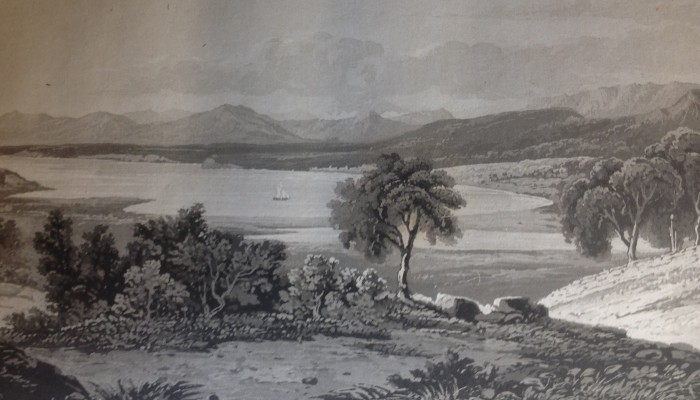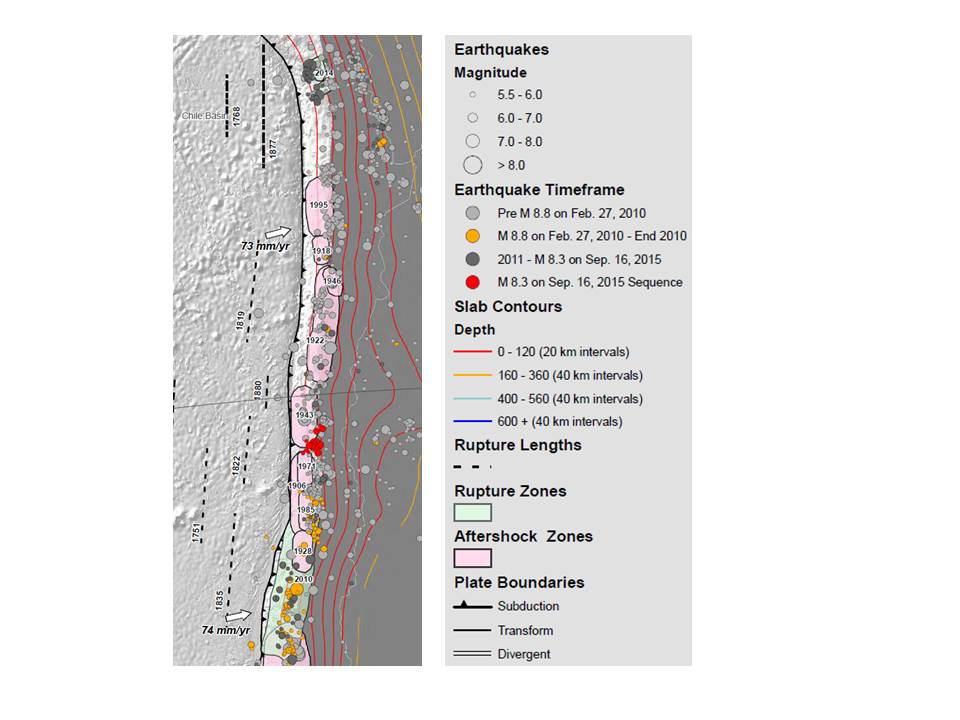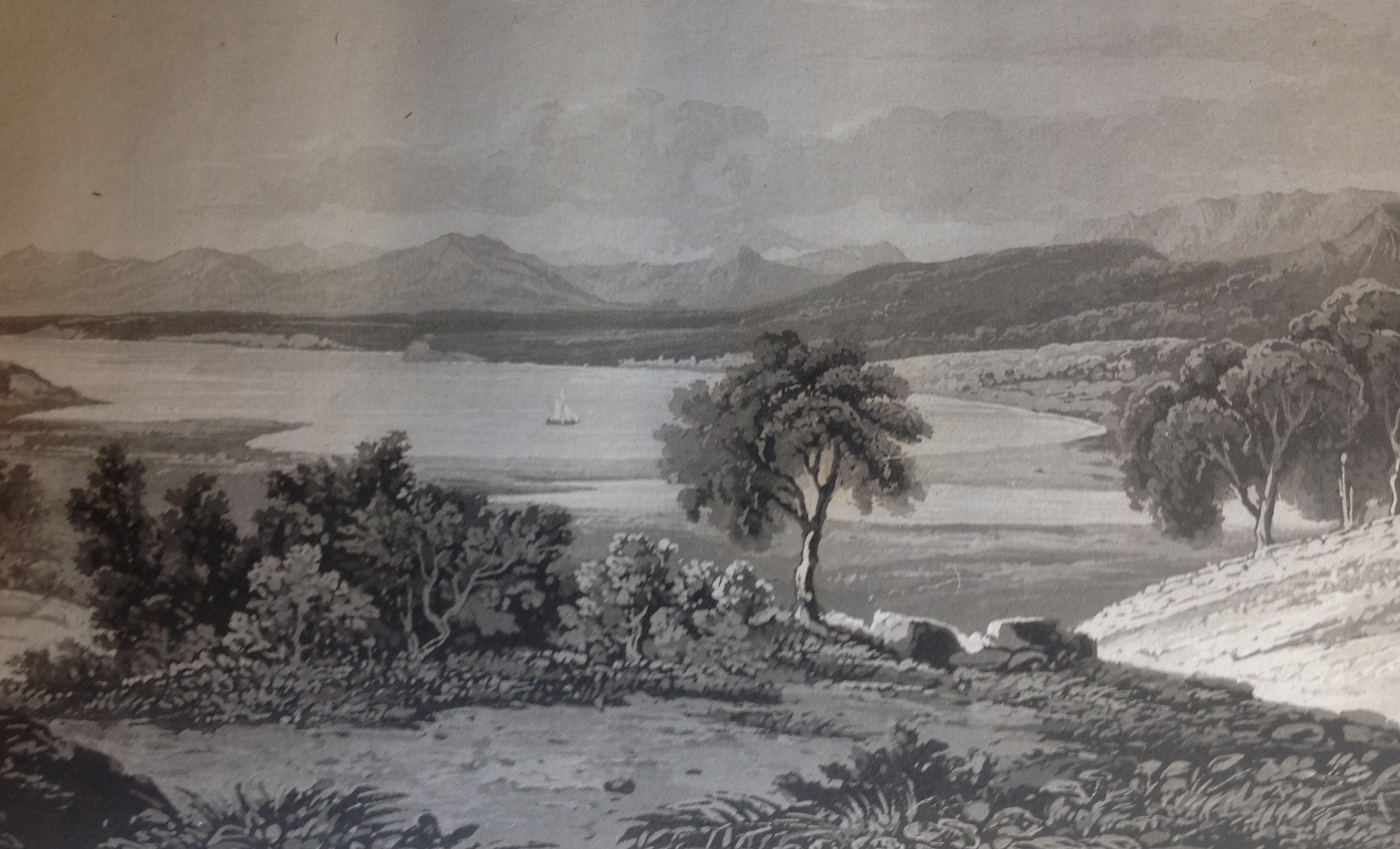
As news comes in of another very large earthquake in Chile – the third magnitude 8 earthquake along Chile’s Pacific margin in the past six years – this is a stark reminder of the destructive potential of these extreme natural events. These days we are used to the rapid, or near-real-time diffusion of news as these events unfold – in this case, as the tsunami ran along the Chilean coast, and propagated across the Pacific ocean. First indications are that the region that ruptured during the earthquake was a large section of the subduction zone plate boundary where the Nazca tectonic plate is sliding beneath the South American plate; close to an area that previously ruptured in great earthquakes in 1943, 1906, 1880 and 1822.

Map of historical rupture zones of large Chilean earthquakes. The red dots show the locations of the 16 September 2015 earthquake and early aftershocks. Source: United States Geological Survey.
One of the earliest first-hand accounts in English of a large earthquake in this part of Chile comes from the writings of Maria Graham, who was living near Valparaiso in 1822; close to the source of the great earthquake of 19th November 1822, and within the region that was most hard hit by the event. Her journal – published in 1824 – records the event in great detail; and in particular, describes the dramatic coastal uplift that occurred as an immediate consequence of the event. A version of her report was later read to the Geological Society of London, where it caused a good deal of interest and, later, controversy.

View from Maria Graham’s house. Bodleian libraries, Oxford, 4° R 56 Jur
Excerpts from Maria Graham’s ‘Journal of a residence in Chile, during the year 1822; and a voyage from Chile to Brazil, in 1823’, London, 1824
November 20th, 1822.
‘At a quarter past ten [in the evening], the house received a violent shock, with a noise like the explosion of a mine. I sat still.. until, the vibration still increasing, the chimneys fell, and I saw the walls of the house open.. We jumped down to the ground, and were scarcely there when the motion of the earth changed from a quick vibration to a rolling like that of a ship at sea. The shock lasted three minutes. Never shall I forget the horrible sensation of that night. [Back in the house] I observed that the furniture in the different rooms .. Had all been moved in the same direction, and found that direction to be north-west and south-east.
Mr Cruikshank has ridden over from old Quintero: he tells us that there are large rents along the sea shore; and during the night the sea seems to have receded in an extraordinary manner, and especially in Quintero Bay. I see from the hill, rocks above the water that never were exposed before.
On the night of the nineteenth, during the first great shock, the sea in Valparaiso bay rose suddenly, and as suddenly retired in an extraordinary manner, and in about a quarter of an hour seemed to recover its equilibrium; but the whole shore is more exposed and the rocks are about four feet higher out of the water than before.‘

View of Quintero Bay, drawn by Maria Graham. Bodleian libraries, Oxford, 4° R 56 Jur.
December 9th, 1822.
‘in the evening I had a pleasant walk to the beach with Lord Cochrane; we went chiefly for the purpose of tracing the effects of the earthquake along the rocks. On the beach, though it is high water, many rocks with beds of muscles remain dry, and the fish are dead; which proves that the beach is raised about four feet at the Herradura. Above these recent shells, beds of older ones may be traced at various heights along the shore; and such are found near the summits of some of the loftiest hills in Chile.‘
In her journal accounts, Graham went on to speculate that repeated earthquakes could be responsible for the general elevation of land, and the building of mountains, in places like the Andes; themes that were later taken up by Charles Lyell, and then Charles Darwin – who was in Chile 13 years later, where he experienced the 1835 Concepcion earthquake firsthand.
Links
IRIS Special Event Page, Illapel – great collection of resources on the Illapel earthquake
United States Geological Survey – Illapel earthquake information
The Maria Graham Project, Nottingham Trent University
Profile of Maria Graham on TrowelBlazers



aficientifico
Maybe it was “a pleasant walk”? Anyway an interesting and detailed account
davidmpyle
Thank you! Typo corrected 🙂
Pingback: The Subjective Lens » A sermon on earthquakes
Sarah Doyle
Wonderful post! Thank you for the extensive quote from her diary. It makes me want to read more about her.